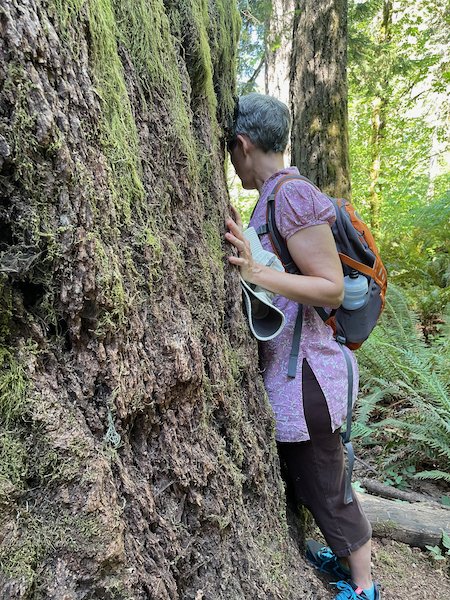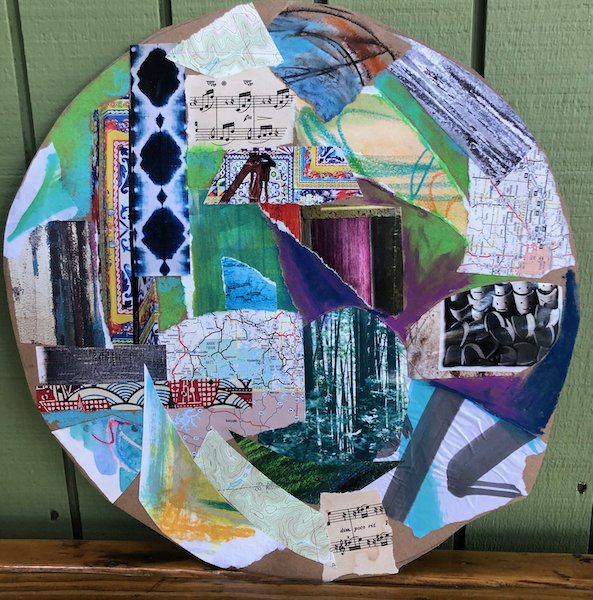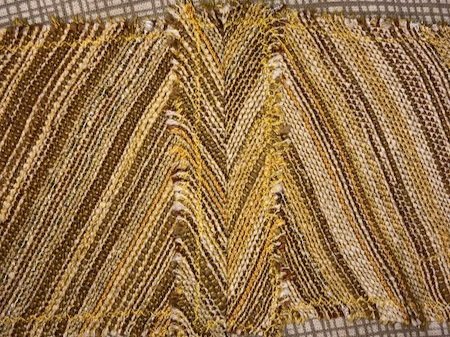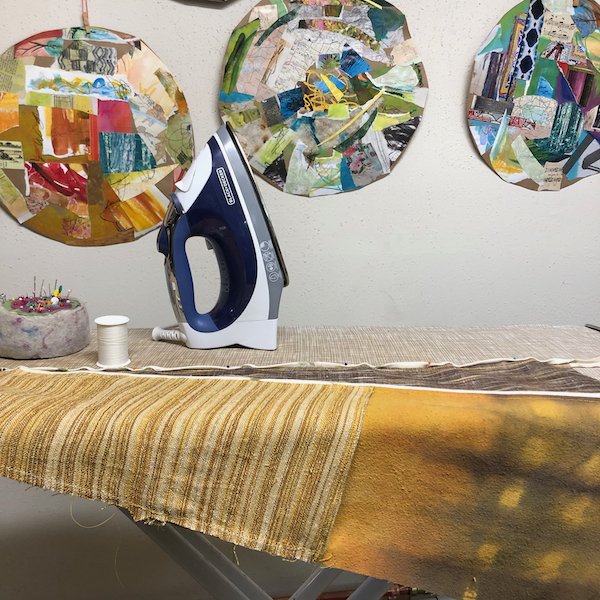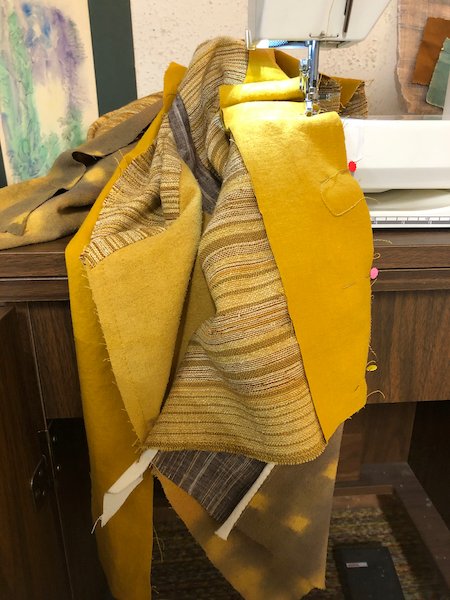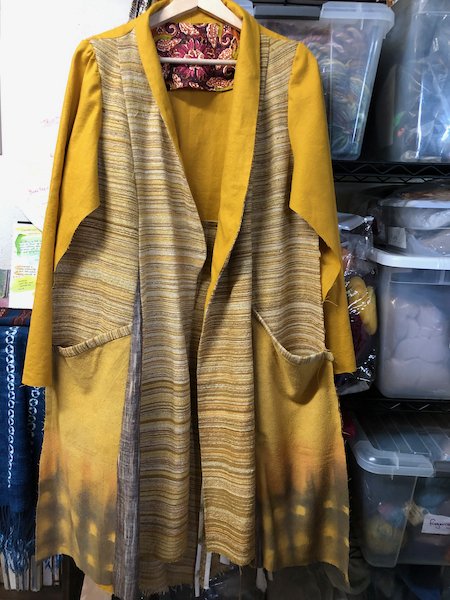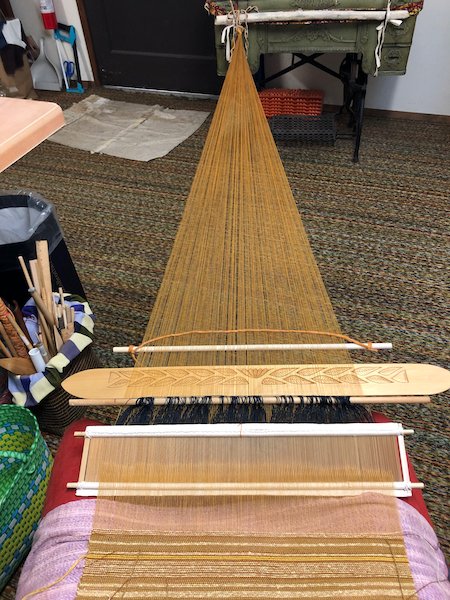Wanting to write about Kevin Quashie, his book recommended by Leesa Renee often: The Sovereignty of Quiet, which sounded so compelling, and I knew it had to do with Black activism in some sense. But when I got it through interlibrary loan, come to find out it’s a literary studies book - Quashie is a professor of African American literature, and the musings and studies within this book are grounded in poetry, fiction, photography and film. Which fascinated me, as a student of literature and poetry (and, now that I think about it, what caused me to consider art and literature as separate from activism in the first place? That hegemonic education is showing its face again…)
At any rate, the quiet that Quashie is highlighting is a fruitful interiority, every expression of which got me excitedly writing notes. He defines it this way: Quiet is “a metaphor for the full range of one’s inner life… the interior – dynamic and ravishing – is a stay against the dominance of the social world; it has its own sovereignty. It is hard to see, even harder to describe, but no less potent in its ineffability.”
Greeting a huge elder fir near the Elwha River
He later explains that “the quiet subject is a subject… whose consciousness is not only shaped by struggle, but also by revelry, possibility, the wildness of the inner life.” This quiet is not a dampening, not at all the same as silencing, but an inner expansion of potential, an opening within that is not necessarily perceptible from the outside. Quashie calls the interior “expansive, voluptuous, creative, impulsive and dangerous…. not subject to one’s control, but instead has to be taken on its own terms.”
Collage ‘stepping stone’, part of an ongoing series
The examples illuminate how writers dwell in this quiet, voluptuous interior, and how it releases them from performance of expected roles and sentiments. Gwendolyn Brooks’ Maud Martha, from 1953, gives us a richness of consciousness that exemplifies self-contained power, in the simple truths of her daily experiences, which refuse to rely on a sense of plot, narrative trajectory, or the grand scheme of things. The woman, alive, alert, and perceiving things in her own way, is a lesson in the complexity of human life - something often denied to those being tokenized or asked to represent their community in lieu of themselves. Quashie explains, “The capacity to be animated by feeling is Maud Martha’s agency. It is not so much that she is naive to… social peril…; it is more that the beauty of the feeling, the tender and thrill of the moment, is more meaningful to her humanity.”
Handwoven cloth, being sewn into a Lichen Duster jacket, back of neck seam
The book builds on many other examples, including James Baldwin, and Audre Lorde, with whom I’m immersed at the moment, enhancing the themes of attention, curiosity, self-regard, community, and love, all of which gain flavor and influence in quiet. And then we are able to see how this gives strength for the inevitable struggle, having cultivated interior richness.
“To ask about the freedom within is to reimagine the collective such that the inclination to stand up for yourself is no longer limited to responding to the actions of others; instead, standing up for yourself means understanding your heart, your ambition, your vulnerabilities - it means engaging and living by these. Standing up for yourself is not oppositional, but abundant.”
My emphasis. That last line could be repeated again and again. It’s essentially the main theme coming out of this work, as I see it: the more people realize themselves, truly give voice and faith to who they can be apart from, and in spite of, the conditioned expectations, constraints, and delusions we all face, the richer we can all become, together.
Lichen Duster in progress, using handwoven fabric, resist-dyed raw silk, and Khadi silk. Giving the seams Hong Kong finish. Collage stepping stones on the wall behind.
Done but for side seams and hem
Thus it felt like something coming full circle when I opened Kevin Young’s edited anthology, African American Poetry: 250 Years of Struggle and Song, and the first poem by the earliest published Black poet in America, Phyllis Wheatley, is On Imagination.
There are many facts of Phyllis Wheatley’s life (c. 1753-1784) that spark outrage and anger, from the sale of her person at auction before the age of 10, to the disbelief in her ability to write the poems she brought for publication, and later dismissive comments about the poems themselves by the likes of Thomas Jefferson. But apart from, and in spite of all that, she claimed for herself this interior landscape of promise and freedom, and her ode to Imagination is a song to this very possibility, a lyric confirmation of all that Kevin Quashie has been saying.
Imagination! who can sing thy force?
…
We on thy pinions can surpass the wind,
And leave the rolling universe behind:
From star to star the mental optics rove,
Measure the skies, and range the realms above.
There in one view we grasp the mighty whole,
Or with new world amaze th’ unbounded soul.
…
At thy command joy rushes on the heart,
And through the glowing veins the spirits dart.
(excerpted from On Imagination)
Waters of the Elwha river: cool, soothing, and free
It felt like some kind of lesson, to have the potency of interiority emphasized, over a span of centuries, from an enslaved woman, nearly denied the truth of her literacy, to a contemporary poet laureate. Urged by Quashie’s study, I’m paying attention and taking this emphasis to heart.
Rita Dove, from Thomas and Beulah:
Daystar
…
And just what was mother doing
out back with the field mice? Why,
building a palace. Later
that night when Thomas rolled over and
lurched into her, she would open her eyes
and think of the place that was hers
for an hour – where
she was nothing,
pure nothing, in the middle of the day.
Elwha River, near Port Angeles, WA
And yes, I made a jacket using my own handwoven fabric. And that feels good. But I’ve been more compelled to share the poetry and surrounding thoughts. The Lichen Duster and a visit ot the Elwha River provide most of the visuals today, although they are only loosely related to the text.
This was the warp for the fabric for the jacket - it was on the loom for quite a while. I wove about 6.5 yards of 14” wide fabric. The duster pattern is good for backstrap woven cloth, because the pattern pieces are narrow.

